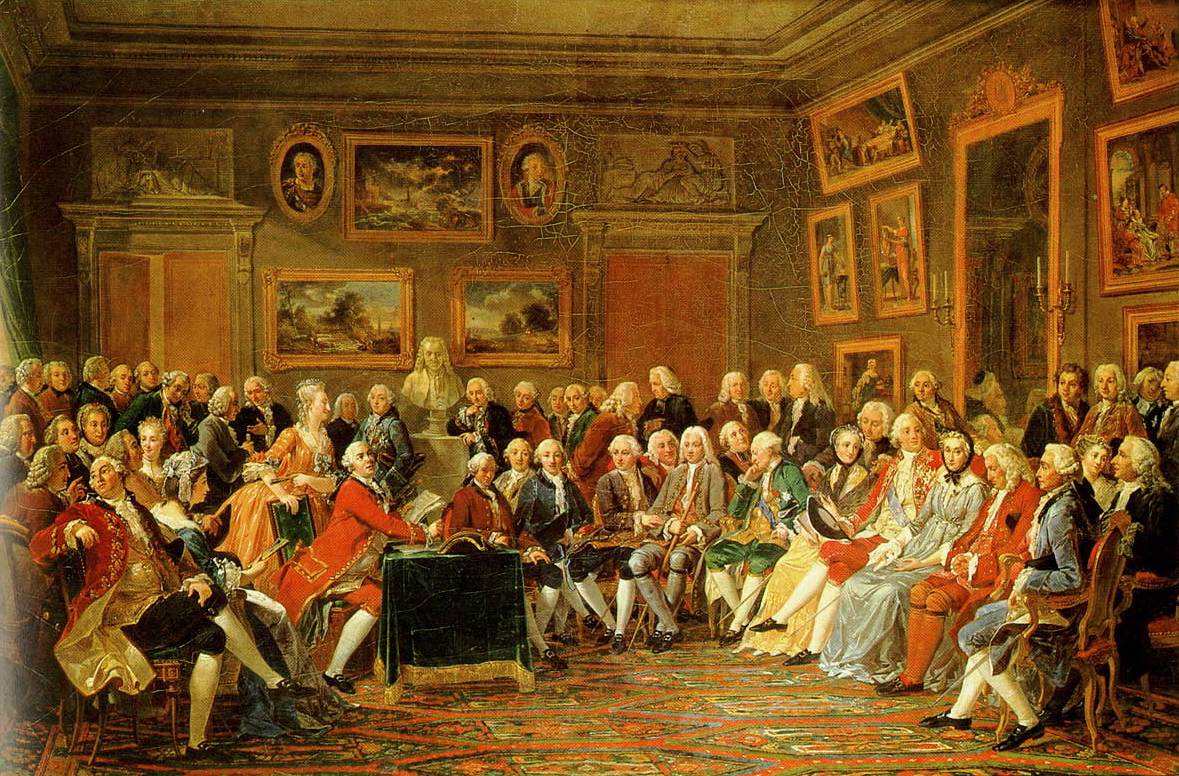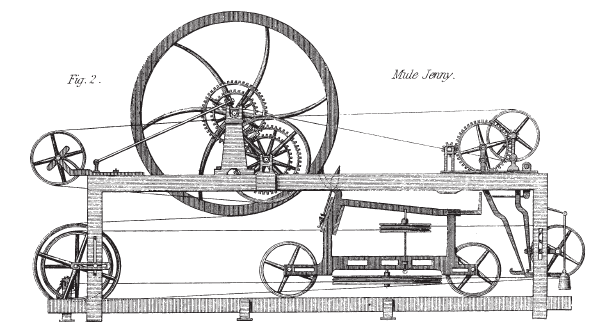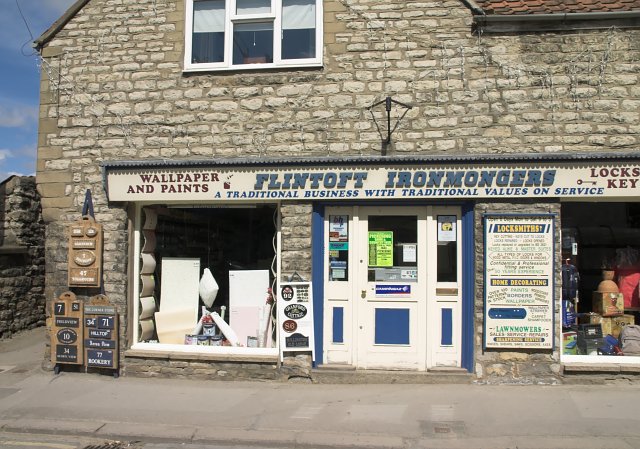|
Robert Owen
Robert Owen (; 14 May 1771 – 17 November 1858) was a Welsh textile manufacturer, philanthropist and social reformer, and a founder of utopian socialism and the cooperative movement. He strove to improve factory working conditions, promoted experimental socialistic communities, and sought a more collective approach to child rearing, including government control of education. He gained wealth in the early 1800s from a textile mill at New Lanark, Scotland. Having trained as a draper in Stamford, Lincolnshire he worked in London before relocating aged 18 to Manchester and textile manufacturing. In 1824, he moved to America and put most of his fortune in an experimental socialistic community at New Harmony, Indiana, as a preliminary for his Utopian society. It lasted about two years. Other Owenite communities also failed, and in 1828 Owen returned to London, where he continued to champion the working class, lead in developing cooperatives and the trade union movement, and support ... [...More Info...] [...Related Items...] OR: [Wikipedia] [Google] [Baidu] |
William Henry Brooke
William Henry Brooke (1772–1860) was a British artist and illustrator. Life He was the son of the painter Henry Brooke and a nephew of Henry Brooke, the author of ''A Fool of Quality''. He was a pupil of Samuel Drummond, and worked as a portrait painter. He exhibited portraits and figure subjects at the Royal Academy occasionally between 1810 and 1826, but is best known by his illustrations to books. He died at Chichester in 1860. Works As an illustrator, Brooke was influenced by Thomas Stothard, a friend. He contributed to Thomas Moore's ''Irish Melodies'', Izaak Walton's ''Compleat Angler'' in the edition by John Major Sir John Major (born 29 March 1943) is a British former politician who served as Prime Minister of the United Kingdom and Leader of the Conservative Party from 1990 to 1997, and as Member of Parliament (MP) for Huntingdon, formerly Hunting ..., Thomas Keightley's ''Mythology'', and other works. References ;Other sources * External links * ... [...More Info...] [...Related Items...] OR: [Wikipedia] [Google] [Baidu] |
New Harmony, Indiana
New Harmony is a historic town on the Wabash River in Harmony Township, Posey County, Indiana. It lies north of Mount Vernon, the county seat, and is part of the Evansville metropolitan area. The town's population was 789 at the 2010 census. Established by the Harmony Society in 1814 under the leadership of George Rapp, the town was originally known as Harmony (also called Harmonie, or New Harmony). In its early years the settlement was the home of Lutherans who had separated from the official church in the Duchy of Württemberg and immigrated to the United States. The Harmonists built a new town in the wilderness, but in 1824 they decided to sell their property and return to Pennsylvania. Robert Owen, a Welsh industrialist and social reformer, purchased the town in 1825 with the intention of creating a new utopian community and renamed it New Harmony. The Owenite social experiment failed two years after it began.Ray E. Boomhower, "New Harmony: Home to Indiana's Communal S ... [...More Info...] [...Related Items...] OR: [Wikipedia] [Google] [Baidu] |
Robert Owen's House, New Lanark
The name Robert is an ancient Germanic given name, from Proto-Germanic "fame" and "bright" (''Hrōþiberhtaz''). Compare Old Dutch ''Robrecht'' and Old High German ''Hrodebert'' (a compound of '' Hruod'' ( non, Hróðr) "fame, glory, honour, praise, renown" and ''berht'' "bright, light, shining"). It is the second most frequently used given name of ancient Germanic origin. It is also in use as a surname. Another commonly used form of the name is Rupert. After becoming widely used in Continental Europe it entered England in its Old French form ''Robert'', where an Old English cognate form (''Hrēodbēorht'', ''Hrodberht'', ''Hrēodbēorð'', ''Hrœdbœrð'', ''Hrœdberð'', ''Hrōðberχtŕ'') had existed before the Norman Conquest. The feminine version is Roberta. The Italian, Portuguese, and Spanish form is Roberto. Robert is also a common name in many Germanic languages, including English, German, Dutch, Norwegian, Swedish, Scots, Danish, and Icelandic. It can be ... [...More Info...] [...Related Items...] OR: [Wikipedia] [Google] [Baidu] |
Thomas Percival
Thomas Percival (29 September 1740 – 30 August 1804) was an English physician, health reformer, ethicist and author who wrote an early code of medical ethics. He drew up a pamphlet with the code in 1794 and wrote an expanded version in 1803, '' Medical Ethics; or, a Code of Institutes and Precepts, Adapted to the Professional Conduct of Physicians and Surgeons'' in which he coined the expression "medical ethics". He was a founding subscriber of the Portico Library in Manchester and a pioneering campaigner for public health measures and factory regulation in the city. Background He was born in Warrington, Lancashire, on 29 September 1740, the son of Joseph Percival and his wife, Margaret Orred. He lost both his parents when he was three years old, so his older sister was responsible for his early education. Once he was old enough, he was placed in a private academy in his home town. He also spent time at the Boteler Grammar School, Warrington. He was enrolled as one of the ... [...More Info...] [...Related Items...] OR: [Wikipedia] [Google] [Baidu] |
Age Of Enlightenment
The Age of Enlightenment or the Enlightenment; german: Aufklärung, "Enlightenment"; it, L'Illuminismo, "Enlightenment"; pl, Oświecenie, "Enlightenment"; pt, Iluminismo, "Enlightenment"; es, La Ilustración, "Enlightenment" was an intellectual and philosophical movement that dominated Europe in the 17th and 18th centuries with global influences and effects. The Enlightenment included a range of ideas centered on the value of human happiness, the pursuit of knowledge obtained by means of reason and the evidence of the senses, and ideals such as liberty, progress, toleration, fraternity, and constitutional government. The Enlightenment was preceded by the Scientific Revolution and the work of Francis Bacon, John Locke, and others. Some date the beginning of the Enlightenment to the publication of René Descartes' '' Discourse on the Method'' in 1637, featuring his famous dictum, '' Cogito, ergo sum'' ("I think, therefore I am"). Others cite the publication of Isaa ... [...More Info...] [...Related Items...] OR: [Wikipedia] [Google] [Baidu] |
Manchester Literary And Philosophical Society
The Manchester Literary and Philosophical Society, popularly known as the Lit. & Phil., is one of the oldest learned societies in the United Kingdom The United Kingdom of Great Britain and Northern Ireland, commonly known as the United Kingdom (UK) or Britain, is a country in Europe, off the north-western coast of the European mainland, continental mainland. It comprises England, Scotlan ... and second oldest provincial learned society (after the Spalding Gentlemen's Society). Prominent members have included Robert Owen, John Dalton, James Prescott Joule, William Fairbairn, Sir William Fairbairn, Tom Kilburn, Peter Mark Roget, Ernest Rutherford, Sir Ernest Rutherford, Alan Turing, Joseph Whitworth, Sir Joseph Whitworth and Dorothy Hodgkin. History It was established in February 1781, as the Literary and Philosophical Society of Manchester, by Thomas Percival, Thomas Barnes (Unitarian), Thomas Barnes, Thomas Henry (apothecary), Thomas Henry, Thomas Butterworth Bayle ... [...More Info...] [...Related Items...] OR: [Wikipedia] [Google] [Baidu] |
Chorlton-on-Medlock
Chorlton-on-Medlock or Chorlton-upon-Medlock is an inner city area of Manchester, England. Historically in Lancashire, Chorlton-on-Medlock is bordered to the north by the River Medlock, which runs immediately south of Manchester city centre. Its other borders roughly correspond to Stockport Road, Hathersage Road, Moss Lane East and Boundary Lane. Neighbouring districts are Hulme to the west, Ardwick to the east and Victoria Park, Rusholme and Moss Side to the south. A large portion of the district along Oxford Road is occupied by the campuses of the University of Manchester, Manchester Metropolitan University, and the Royal Northern College of Music. To the south of the university's Oxford Road campus a considerable area is occupied by a group of contiguous hospitals including Manchester Royal Infirmary, to the west of which is Whitworth Park. History In medieval times, the district was known as Chorlton Row and was a township of the ancient parish of Manchester in ... [...More Info...] [...Related Items...] OR: [Wikipedia] [Google] [Baidu] |
Piccadilly Mill
Piccadilly Mill, also known as Bank Top Mill or Drinkwater's Mill, owned by Peter Drinkwater, was the first cotton mill in Manchester, England, to be directly powered by a steam engine, and the 10th such mill in the world. Construction of the four-storey mill on Auburn Street started in 1789 and its 8 hp Boulton and Watt engine was installed and working by 1 May 1790. Initially the engine drove only the preparatory equipment and spinning was done manually. The mill-wright was Thomas Lowe, who had worked for William Fairbairn and helped with the planning two of Arkwright's earliest factories. During the early 1790s the mill employed around 500 workers. Robert Owen Robert Owen (; 14 May 1771 – 17 November 1858) was a Welsh textile manufacturer, philanthropist and social reformer, and a founder of utopian socialism and the cooperative movement. He strove to improve factory working conditions, promoted e ... was employed as the manager in 1792. References Bibliography * * ... [...More Info...] [...Related Items...] OR: [Wikipedia] [Google] [Baidu] |
Peter Drinkwater
Peter Drinkwater (1750 – 15 November 1801) was an English cotton manufacturer and merchant. Born in Whalley, Lancashire, he had a successful career as a fustian manufacturer using the domestic putting-out system, and as a merchant based in Bolton and Manchester, before he turned to large-scale factory production in the 1780s. In 1782 he opened his first cotton mill on the River Weaver in Northwich, Cheshire and in 1789 he started construction of the Piccadilly Mill in Manchester. This was the first mill in Manchester to be directly driven by a steam engine A steam engine is a heat engine that performs mechanical work using steam as its working fluid. The steam engine uses the force produced by steam pressure to push a piston back and forth inside a cylinder. This pushing force can be trans .... References Bibliography * * {{DEFAULTSORT:Drinkwater, Peter 1750 births 1801 deaths English businesspeople People of the Industrial Revolution British text ... [...More Info...] [...Related Items...] OR: [Wikipedia] [Google] [Baidu] |
Spinning Mule
The spinning mule is a machine used to spin cotton and other fibres. They were used extensively from the late 18th to the early 20th century in the mills of Lancashire and elsewhere. Mules were worked in pairs by a minder, with the help of two boys: the little piecer and the big or side piecer. The carriage carried up to 1,320 spindles and could be long, and would move forward and back a distance of four times a minute. It was invented between 1775 and 1779 by Samuel Crompton. The self-acting (automatic) mule was patented by Richard Roberts in 1825. At its peak there were 50,000,000 mule spindles in Lancashire alone. Modern versions are still in niche production and are used to spin woollen yarns from noble fibres such as cashmere, ultra-fine merino and alpaca for the knitware market. The spinning mule spins textile fibres into yarn by an intermittent process. In the draw stroke, the roving is pulled through rollers and twisted; on the return it is wrapped onto the spi ... [...More Info...] [...Related Items...] OR: [Wikipedia] [Google] [Baidu] |
Ironmongery
Ironmongery originally referred, first, to the manufacture of iron goods and, second, to the place of sale of such items for domestic rather than industrial use. In both contexts, the term has expanded to include items made of steel, aluminium, brass, or other metals, as well as plastics. The term ironmonger as a supplier of consumer goods is still widely used in Great Britain, the US equivalent being " hardware store". Many architectural ironmongery items (for example, door handles, locks, hinges, etc.) are also manufactured for wholesale and commercial use in offices and other buildings. History Dealing in ironware has a long tradition, dating back to the first recorded use of the metal to fashion useful objects as long ago as 1200 BC, and studying the movement of such goods around the world, often over long distances, has provided valuable insight into early societies and trading patterns. By the Middle Ages, skilled metalworkers were highly prized for their ability to ... [...More Info...] [...Related Items...] OR: [Wikipedia] [Google] [Baidu] |
Saddle
The saddle is a supportive structure for a rider of an animal, fastened to an animal's back by a girth. The most common type is equestrian. However, specialized saddles have been created for oxen, camels and other animals. It is not known precisely when riders first began to use some sort of padding or protection, but a blanket attached by some form of surcingle or girth was probably the first "saddle", followed later by more elaborate padded designs. The solid saddle tree was a later invention, and though early stirrup designs predated the invention of the solid tree, the paired stirrup, which attached to the tree, was the last element of the saddle to reach the basic form that is still used today. Today, modern saddles come in a wide variety of styles, each designed for a specific equestrianism discipline, and require careful fit to both the rider and the horse. Proper saddle care can extend the useful life of a saddle, often for decades. The saddle was a crucial step ... [...More Info...] [...Related Items...] OR: [Wikipedia] [Google] [Baidu] |
.jpg)






